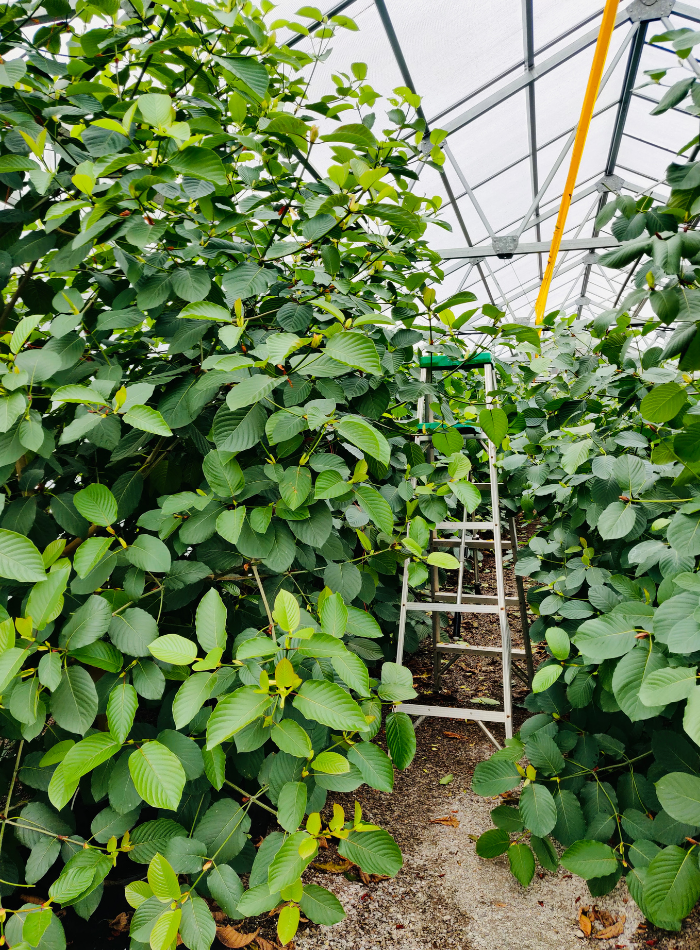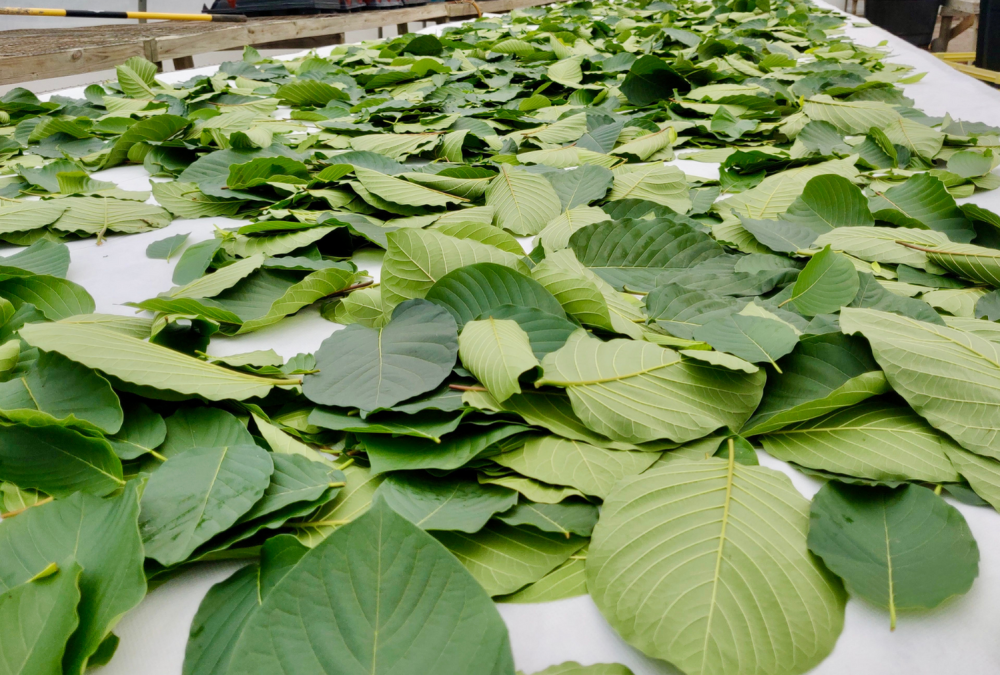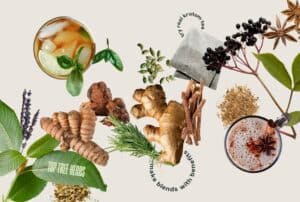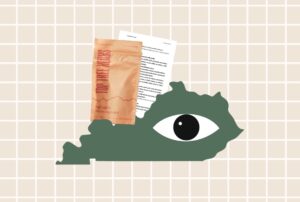Kratom in Thailand
Kratom, or Mitragyna speciosa, is an evergreen tree in the coffee family native to Southeast Asia. It grows in the wild throughout Southeast Asia, and local communities have used it there for hundreds of years.
In these areas, it’s a traditional herbal tea that remains a normal part of life today. Many people in Thailand consume kratom as a natural energy booster or to get rest and relief after a long day.
In this post, we’ll discuss how M. speciosa went from being a local treat in Southeast Asia to a global phenomenon. We’ll cover kratom’s first introduction into the written record of Western cultures, and what occurred in the hundred years after.
And lastly, we’ll discuss how we’re now dealing with the residual consequences of kratom prohibition.
A Brief Tea History
In the 1830s, the Dutch East India Company sent their official botanist, a man named Pieter Korthals, on a three year trip through Southeast Asia.
During his travels, he noticed locals using the leaves from a local tree that, at the time, was unknown in the Europe. Korthals published his findings along with a detailed description of the tree in 1839.
This was the first known account of kratom is the West. Korthals’ writings didn’t spark global interest in kratom. The plant remained relatively unknown in the United States until the mid-1900s.
Then, as more people moved to the US from Southeast Asia, kratom began appearing in local grocery stores throughout the US.
The plant remained in these communities until the early 2000s when it started to reach a mainstream audience. Within a few years, kratom had gone from traditional tea to head shop commodity.
Yet, kratom use would only go a few more years without facing legal obstacles in the US; we can backtrack a to few decades prior in Thailand to understand the why.
Kratom in Thailand
In the early 1940s, the Thai government attempted to boost revenue by placing a new tax on opium. Many local farmers who used opium but couldn’t afford the new tax switched to using kratom instead. For them, it was a widely available and cheaper alternative.
It didn’t take long for the Thai government to feel the effects of the lost tax revenues, and in 1943 they responded by banning the tree.
Kratom prohibition began due to economic and political circumstances that had little to do with the plant’s underlying safety. Some historians claim otherwise, but the Thai government’s official statement at the time clarifies its true motivation:
“Taxes for opium are high while kratom is currently not being taxed. With the increase of those taxes, people are starting to use kratom instead and this has had a visible impact on our government’s income.”
– Police Major General Pin Amornwisaisoradej, 1943
Prohibition temporarily dashed any chance of kratom making it to the West. It would take over a decade for a team of US researchers to find kratom, sparking new interest in the powerful tropical herb.

Kratom Research in the West
In the 1960s, pharmaceutical companies began funding researchers to look for natural compounds to use in the development of new drugs.
Their interest stemmed from a 1921 study where researchers isolated the main compounds in kratom, mitragynine and 7-hydroxymitragynine. They found that it shares characteristics with compounds found in pain medications, namely morphine. As you already know, this research never translated to a commercial product.
Though pharmaceutical companies found a theoretical basis for pain or inflammation relief, they already had drugs that served those commercial purposes. As such, the project died. After that, it fell off the map until the early 2000s. It then it reemerged in the US in a commercial setting. Kratom finally had real footing in the West.
The US kratom story started relatively uneventfully. Consumers could find it in some specialty herb shops, but it remained unknown to a mainstream audience. Even herbal encyclopedias in the West rarely mention the plant.
By 2016, however, it had grown in popularity to the point that the media caught wind. In their subsequent reports, they described a new opium-like drug being sold over the counter.
In turn, the DEA and FDA turned their attention to kratom, launching a prohibition campaign to make kratom illegal.

Keeping Kratom Legal
These efforts came to a head when the DEA issued a recommendation to Congress to make kratom a Schedule I Controlled Substance. Their stance was that there were no known medical benefits of the plant.
The DEA’s efforts worked in the past, with substances like cannabis. But there was one problem with their argument. They cited research showing people used the plant for pain relief as an alternative to traditional opioids.
The activists jumped on this, using it to show that even the government agreed it had some legitimate medical value. If Congress accepted this argument, it would prevent them from making it a Schedule I Controlled Substance.
Beyond the legal arguments, thousands of us wrote congress to voice opposition to the ban. All said and done, 62 members of congress, 1,175 doctors and legal officials, and over 100K citizens spoke out against the ban. The DEA withdrew their recommendation—an unprecedented action that brings us to today.
Kratom in the US Today
Currently, kratom is in a legal grey area. Even though it’s legal on the federal level, the FDA doesn’t believe there are any safe uses for the plant, and they won’t approve research that could show otherwise.
The federal government’s ambiguous stance on Mitragyna speciosa means that, for the foreseeable future, states will individually make decisions about kratom legality (much like cannabis).
Conclusion
To finish up: kratom comes from the leaves of a tropical tree. It is legal in almost all the US, with the exception of the following six states: Arkansas, Alabama, Vermont, Indiana, Rhode Island, Minnesota, and Wisconsin.
Even though three states are close to reversing their positions, the fight isn’t over. It will be a few years until the Kratom Consumer Protection Act—a bill that guarantees access to kratom—is signed into law in more states around the country (see legal status in your state here).
We believe this amazing plant is on the path to broader societal acceptance. And that future research will make this rationale even more obvious.
We hope this post helps you see that prohibition is not the result of a consensus within the medical community. In reality, it stems from the economic and political jockeying of various governmental groups. To us, this is all the more reason we need to stay engaged in the fight to keep kratom legal.





